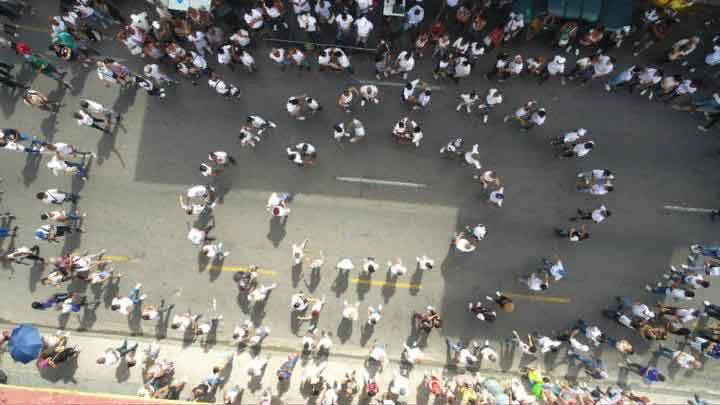
Cuba celebrates Son Day
Havana, May 8 (RHC) Concerts, record presentations and talks will take place in Havana from today until next Sunday to celebrate Son Day, dedicated this year to the 135th anniversary of the birth of Ignacio Piñeiro.
The festivities that will take place at the Cuba Pavilion, in Havana's Rampa, will also be a tribute to two other great Cuban musicians who cultivated this genre, Adalberto Álvarez and César "Pupy" Pedroso.
The event is organized by the Hermanos Saíz Association, which brings together Cuban young creators, with the support of the Ministry of Culture, the National Center for Popular Music, the Cuban Institute of Music, as well as the music companies Ignacio Piñeiro, EGREM and Artex.
This Monday, at 2:00 p.m., local time, musicologist Yurién Heredía, from the Center for Research and Development of Cuban Music, will offer a conference on the Cuban Son and the declaration as Intangible Heritage of Humanity, in the Salón de Mayo from the central facility.
At 4:00 p.m., musicologist Neris González Bello will speak about the life and work of Álvarez, also known as El Caballero del Son. Later on, his group, together with the renowned decimist Alexis Díaz Pimienta, will offer a concert on the central stage of the Pavilion.
According to the Cuban Institute of Music, the declaration of May 8 to celebrate this musical-dance expression becomes a worthy seal of identity as part of the legacy of its great exponents Miguel Matamoros and Miguelito Cuní.
In October of last year, the Official Gazette of the Republic announced the recognition of the sound as part of Cuba’s intangible assets. The declaration consolidates the file for its candidacy as Intangible Heritage of Humanity.
The Cuban son is a rhythmic vocal and instrumental genre which constitutes one of the basic forms within Cuban music, and fuses African and Spanish elements. It is claimed that it was born in the easternmost region of the territory, in places like Santiago de Cuba at the end of the 19th century. (Source: Prensa Latina)

